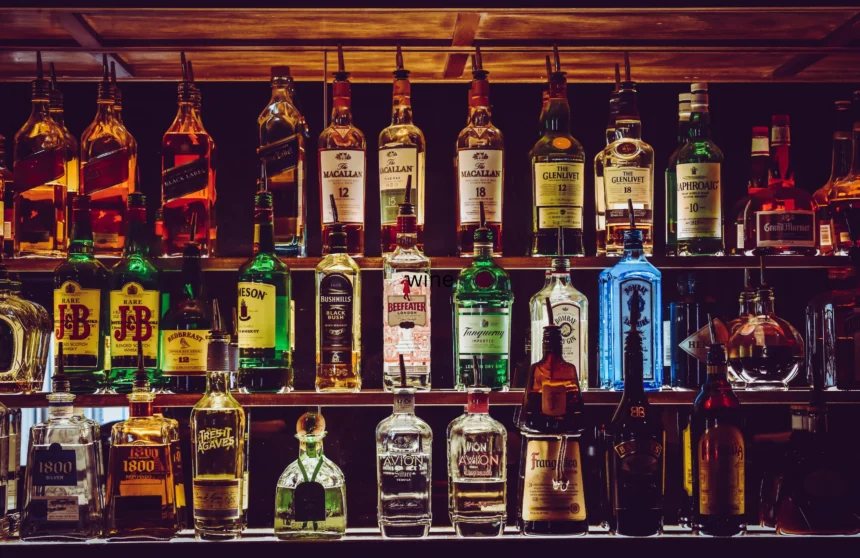California is famous for its beautiful vineyards, wine country tours and high-quality wine. But recently, something has changed. The wine industry — which helps power the state’s economy — is facing major struggles. And that’s leading to big layoffs across the state.
Companies that once helped fill store shelves and restaurant menus with wine are now cutting jobs. It’s a hard time for many workers and a tough moment for an industry that’s long been a symbol of California’s success.
Big Changes, Big Layoffs
One of the biggest shocks came from Republic National Distributing Company (RNDC). They’re one of the top alcohol wholesalers in the U.S. — the people who help get wine from producers to sellers. But RNDC is closing down all their operations in California. That means over 1,700 people will lose their jobs, according to CBS News. The layoffs are supposed to start in September 2025.
Bob Hendrickson, the company’s interim CEO, said in a statement after a town hall meeting:
“We’ve made the difficult business decision to withdraw from California, which affects many of the roles in the state. We are complying with all regulatory obligations and are committed to handling every transition thoughtfully and smoothly and ensuring everyone is treated fairly and respectfully.”
He also made it clear that the decision wasn’t because of employee performance. Instead, it was about things like “rising operational costs, industry headwinds, and supplier changes that made the market unsustainable.”
Another major player, Bronco Wine Company, has also been cutting jobs. Since early 2025, they’ve laid off over 200 employees. Bronco is known for producing a lot of affordable wine, and like RNDC, they’re also trying to adjust to major changes in the industry. In a statement, the company said the layoffs are part of a “strategic restructuring plan.” CEO Dom Engels added:
“This decision was not made lightly. We deeply appreciate the valuable contributions of every employee affected, and we are committed to providing support and resources to help ease the transition.”
What’s Causing the Problem?
This isn’t just about one or two companies. These layoffs are part of a much bigger problem across California’s wine industry. Here’s what’s going on.
1. People Are Drinking Less Wine
Believe it or not, fewer people — especially younger adults — are drinking wine. According to Silicon Valley Bank, overall wine sales in the U.S. have dropped. Many Millennials and Gen Z aren’t buying wine as much. They’re turning to other drinks like hard seltzers, cocktails, or even alcohol-free options.
Some say it’s also about changing lifestyles. People just don’t hang out and celebrate as much as before. Anthony Capobianco from Rodney Strong Wine Estates pointed out something interesting:
“One of the least-discussed factors is the retraction from events where we celebrate and commune together with friends and family. There has, in my opinion, been a significant decrease in social gatherings, celebrations, and other occasions where wine… would be shared.”
So it’s not just about the drink — it’s about how people live.
2. Too Much Wine, Not Enough Buyers
For years, California grew lots and lots of grapes. That worked well when wine sales were strong. But now, there’s an oversupply — way more grapes and wine than people want to buy.
Prices have dropped. Even good-quality grapes in well-known regions are sitting around unsold. That’s putting serious pressure on growers and wineries. Some experts say the only way to fix it might be to pull up thousands of acres of vineyards.
Glenn Proctor from Ciatti Company, a wine brokerage firm, said:
“We’re trying to figure out where we’re headed in the future.”
3. It’s Just More Expensive to Do Business
Like most industries, wine businesses are feeling the heat from inflation. Everything costs more now — from glass bottles and corks to gas and electricity. Even hiring and keeping workers is more expensive.
And let’s not forget about the customers. With prices going up on rent, groceries, and other basics, many people don’t have extra money to spend on wine. So, even people who enjoy it might cut back.
4. Big Shake-Ups in How Wine Is Delivered
Back to RNDC — their exit from California changes a lot. Distributors help wineries get their products into stores and restaurants and bars. Without big companies like RNDC that whole system has to shift.
Wineries may need to find new partners, set up their own delivery systems, or rely more on online sales. That’s a lot of change for businesses that are already struggling with supply and demand problems.
Trying to Survive in a Tough Market
All of these changes are hitting the California wine industry at once. Companies are being forced to rethink how they work from how they grow grapes to how they sell their products. For some, that means restructuring, which often includes layoffs.
It’s a hard time especially for the workers who are losing their jobs. But the industry is doing what it can to adjust. There’s hope that with new strategies, it can find a way forward — even if that means big changes in how it used to operate.
For now, though, California’s wine world is going through one of its most difficult seasons yet.




